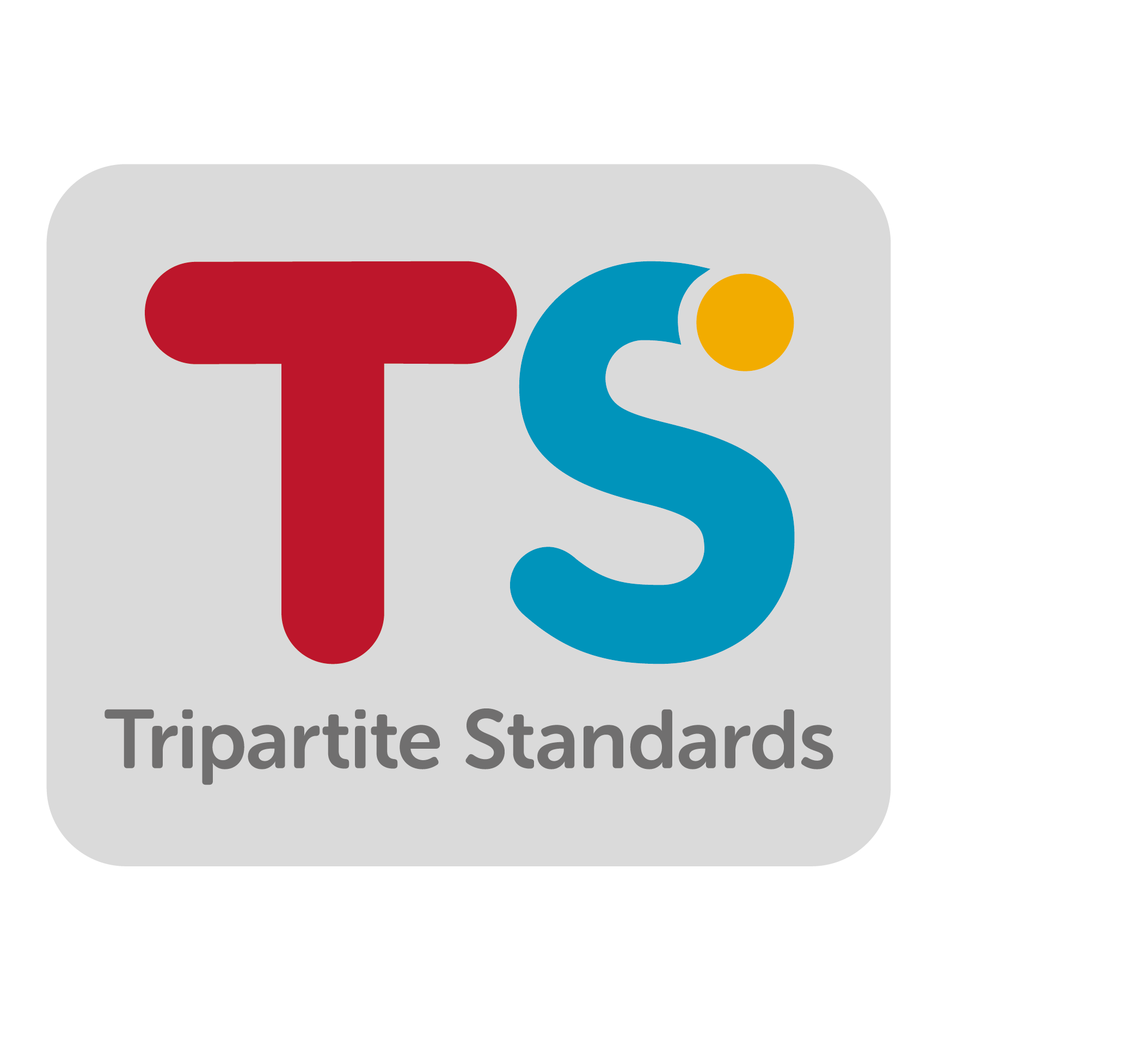5 Trends Influencing Work Landscape of 2024. Employers Reassess Hiring Approached influenced by Younger Generation Job Seekers.
Within this newsletter, explore the key findings from a Qualtrics survey that reveals 5 significant trends influencing the work landscape of 2024. Uncover the recent changes in job-seeking perspectives among Singapore’s younger generation, prompting employers to reassess their hiring approaches.
Gen Z women stand out as a powerful force, propelled by ambition and purpose; delve into 6 strategies aimed at attracting and retaining this dynamic demographic.
aaa
Unveiling Transformative Shifts: 2024 Employee Experience Trends in Southeast Asia
Qualtrics surveyed 14,500 employees in Asia-Pacific & Japan (part of a global study of 37,000 employees) to unveil 5 impactful trends shaping the 2024 work landscape. Leverage this understanding to craft employee experiences that drive retention, engagement, and overall business success.
xxx
Highlights of the findings:
1. Hybrid work rules
Employees favor 2-4 office days for peak engagement, wellbeing, and intent to stay.
2. AI assistance
55% embrace AI support at work, but shy away from its role in performance evaluations or hiring decisions.
3. Frontline employee challenges
Vital yet neglected, they feel undervalued, under-supported, and excluded from improving practices.
4. Vanishing job honeymoon phase
New hires show lower engagement and inclusion, emphasizing the need for prioritized onboarding efforts.
5. Passive communication monitoring
Majority endorse passive listening for better work experience but hold back on social media sharing.
Lessons for HR Leaders:
1. Focus on growth and development
Connect employees (especially new hires) with existing growth and development programs and opportunities: Work to understand and accommodate the development needs of all employees with employee listening tools
2. Close the gap in the new employee experience
Align your new employee experience programs to ensure they meet the expectations of incoming talent. Help new employees acclimatise and ramp up effectively, make connections, and learn how to navigate new cultural norms – especially if employees work remotely or a hybrid schedule.
3. Provide operating frameworks
Create new structures for hiring, onboarding, training, and more in a hybrid world of work. Model clear competencies; establish strong leveling guidelines; map out what performance – at each level – looks like. Then, train business leaders on these new people processes.
Dr Cecelia Herbert emphasizes the link between employee engagement and positive outcomes. The future belongs to people-centric employers supporting their teams effectively!
Source: https://www.qualtrics.com/au/ebooks-guides/2024-ex-trends-report/ (qualitrics.com)
aaa
Young Jobseekers Challenge Traditional Hiring Practices in Singapore
Recent shifts in job-seeking attitudes among Singapore’s youth are forcing employers to rethink their hiring strategies.
Employers traditionally used last-drawn salary to gauge a candidate’s worth, but this is becoming less acceptable. Now, young job seekers prioritize non-monetary factors like career development, workplace culture, and a company’s values during interviews. Job interviews for younger candidates are more about alignment of values, company culture, and performance assessment standards.
Employers are adapting, considering qualifications beyond traditional degrees, acknowledging credentials from online courses and coding boot camps. Industries struggling to attract young talent, like manufacturing and logistics, are redefining hiring processes.
The landscape is changing as younger job seekers emphasize holistic growth, purpose-driven workplaces, and structured career advancement. Employers are taking note and adapting to meet these evolving needs.
Source: https://www.straitstimes.com/business/young-job-seekers-in-s-pore-take-aim-at-longstanding-hiring-practices (strairstimes.com)
az
Gen Z Women Redefine Leadership Goals: 6 Strategies for Workplace Retention and Attraction
Gen Z women are a formidable group—driven by ambition and purpose. With over 60% aiming to lead innovation, 93% aspiring for promotions, and a strong focus on diversity and inclusion in their choice of employers, they represent a motivated and goal-oriented workforce.
Organizations aiming to maximize the potential of upcoming women leaders should pay attention to these insights and strategies.
1. Reach earlier
Partner with community-based organizations to support young women’s development, building a diverse talent pipeline.
2. Leverage lateral moves
Educate on the power of lateral career moves, fostering personal and professional growth while creating diverse experiences.
3. Drill down with data
Address systemic biases with data-driven decision-making, implement work/life balance programs, and ensure fair compensation.
4. Pull her up
Proactively encourage women to speak up in meetings, support them in leadership roles, and provide mentoring and sponsorship programs.
5. Destigmatize industries
Showcase women leaders in various sectors, changing perceptions and offering role models for Gen Z women.
6. Modernize workplace language and behavior
Recognize and empower women by reshaping terminology and behaviors to enable rather than empower.
Source: 6 keys to attracting and retaining Gen Z women | HRM Asia : HRM Asia (hrmasia.com)
j
Disclaimer: Please use the information provided in this newsletter at your own discretion and risk. We are not responsible for any losses incurred by users in relation to the information provided in this newsletter and we seek your understanding.















